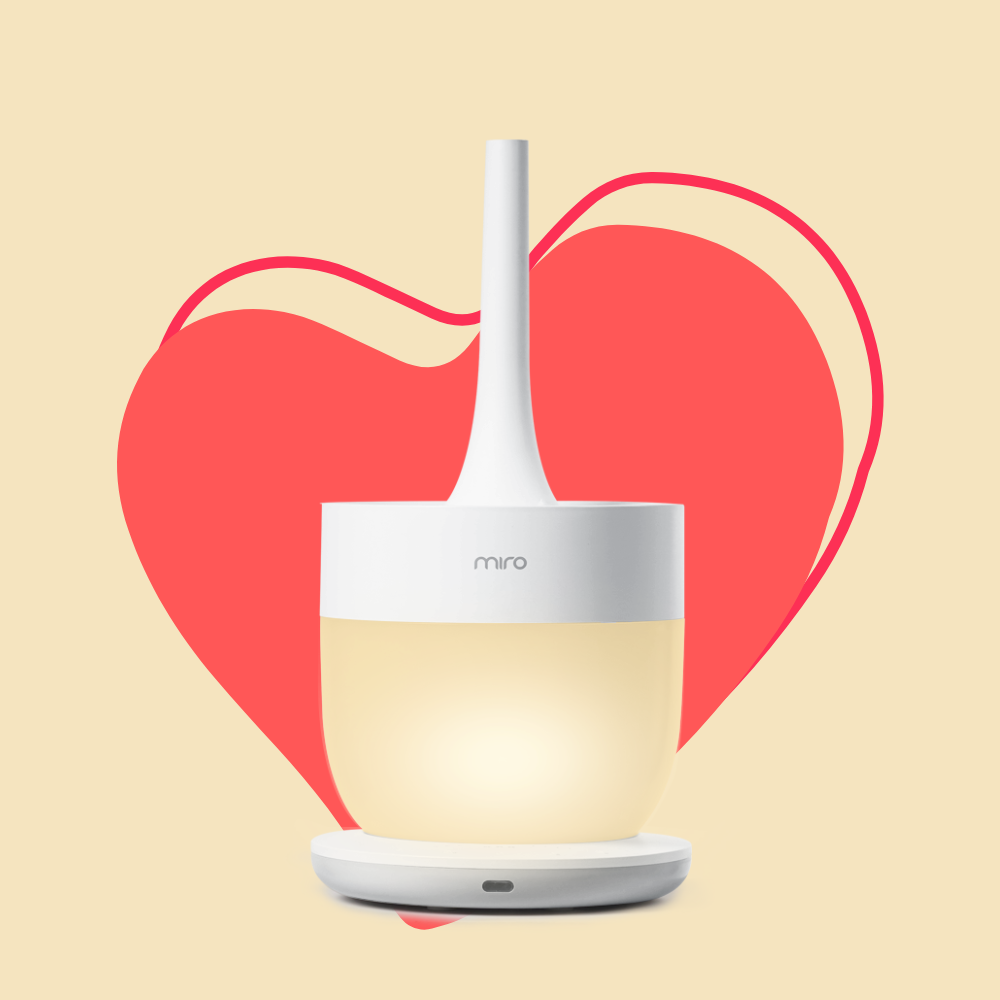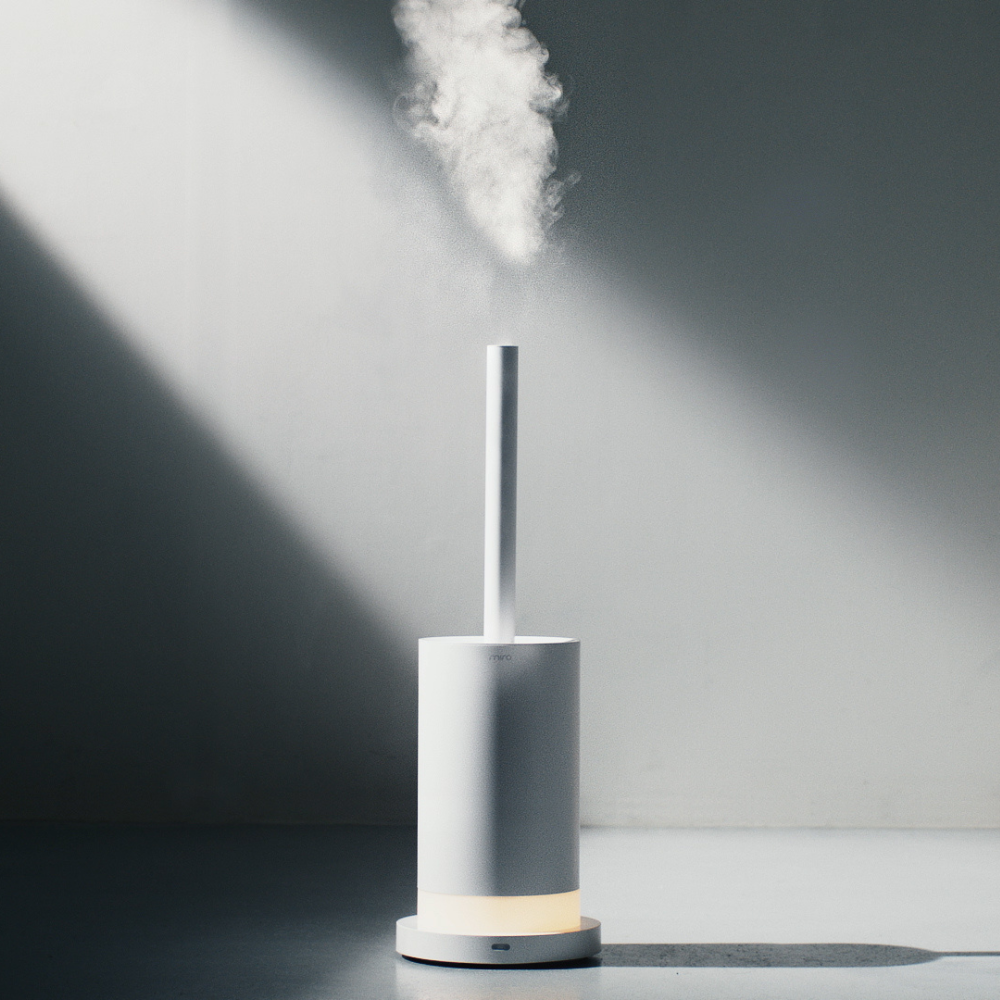
How Often Should I Use a Humidifier for My Plants?
"Give me a humidifier and five hours, and I'll give you a vibrant, healthy plant," might sound like an overstatement, but it's quite accurate.
Using a humidifier for your plants 3 to 5 hours every day can dramatically improve their health and appearance. However, the story doesn't end here.
Dive into this detailed guide, and you'll find all the ins and outs of humidifiers for your indoor greens.
Benefits of Using a Humidifier for Plants
Plants, particularly those originating from tropical regions, thrive in environments with high humidity.
Many houseplants belong to these humid-friendly species, as they have adapted to survive under the canopies of dense rainforests.
They require a higher level of humidity than our homes naturally provide, especially in colder seasons when heating systems are working overtime.
Using a humidifier can help replicate these conditions, keeping your plants vibrant and thriving.
Humidifiers add moisture to the air, creating a more suitable environment for your plants.
They can help to prevent browning leaf tips, encourage healthy growth, and even boost the rate of photosynthesis in your plants.
Signs of Low Humidity in Plants
It's essential to recognize the signs of low humidity in your plants to prevent lasting damage. Some signs may include:
- Browning or curling of leaf tips
- Yellowing leaves
- Slow growth
- Wilted plants despite sufficient watering
If you notice these symptoms in your plants, they might be calling for a rise in humidity.
Plants That Benefit Most From a Humidifier
Not all plants require high humidity levels. The ones that will benefit most from a humidifier are typically those from tropical regions. Such plants include:
- Ferns
- Orchids
- Spider Plants
- Peace Lilies
- Philodendrons
These plants have evolved in humid environments and have a more substantial dependency on moist air compared to other plants.
Best Practices For Plant Humidifiers
Utilizing a humidifier for your plants can significantly enhance their health and appearance. However, the benefit of a humidifier is maximized when used correctly.
Here are the best practices in detail:
1. Correct Placement of Your Humidifier
While your plants enjoy moist air, positioning the humidifier too close or directly onto them might create an overly saturated environment.
This can lead to waterlogged soil and the potential for mold growth. The ideal location would be near enough to provide the necessary moisture, but far enough not to directly wet the plants.
The key is to circulate moist air around the room rather than concentrating it on one spot.
2. Maintain the Cleanliness of Your Humidifier
Like any other appliance, humidifiers require regular cleaning to function optimally.
Neglected humidifiers can become breeding grounds for bacteria and mold spores, which may then be released into the air and potentially harm your plants.
It is advised to clean your humidifier at least once a week, following the manufacturer's instructions.
3. Adjust Humidifier Setting Based on the Season
Different seasons bring varied humidity levels. During winter, the air inside homes tends to be drier due to heating systems.
Consequently, your plants may require more humidity than during the warmer months.
Consider adjusting your humidifier setting based on the season to meet your plants' changing needs.
4. Use Distilled or Demineralized Water
Tap water often contains minerals which can build up in your humidifier and be dispersed in the mist.
Over time, these minerals can deposit on the leaves of your plants, hindering their photosynthesis process.
Distilled or demineralized water contains fewer minerals, reducing the potential for unwanted deposits on your plants and the humidifier.
5. Regularly Monitor Humidity Levels
Investing in a hygrometer, a device that measures humidity, can be beneficial in maintaining optimal conditions for your plants.
This allows you to keep a check on the humidity levels and adjust the humidifier accordingly.
6. Group Your Plants
If you have several humidity-loving plants, grouping them can help create a more humid microclimate.
The plants will naturally release moisture into the air around them, collectively boosting humidity levels.
How to Choose the Best Humidifier for Your Plants
Choosing the right humidifier for your plants can be a game-changer. Here are factors to consider:
1. Consider the Size of Your Space and the Number of Plants
The humidifier's capacity should correspond with your space size and the number of plants you have. For a single plant or a small space, a small, portable humidifier may suffice. However, if you're looking to maintain a small greenhouse or a room full of plants, you'll need a larger unit capable of producing more mist.
2. Humidifier Type
Various types of humidifiers are available on the market, with each having its advantages. Ultrasonic humidifiers, for instance, are often recommended for plants.
They work by using high-frequency sound vibrations to produce mist, and they are also known for their quiet operation, making them a great choice for living areas.
3. Customizable Settings
A humidifier with customizable settings allows you to adjust the output based on your plants' specific needs.
Some models even come with built-in hygrometers, devices that measure the level of humidity in the air, allowing for more precise adjustments.
Remember, choosing the right humidifier can be the difference between a plant merely surviving and truly thriving.
4. Consider Noise Levels
Especially important for bedroom or living area placement, the noise level of a humidifier is a critical factor.
Ultrasonic humidifiers are usually the quietest, while evaporative types can be a bit noisier due to their fan operation.
5. Look for Easy Maintenance and Cleaning
Choose a humidifier that is easy to clean and maintain. Models that are hard to disassemble or have complex components may harbor harmful bacteria or mold.
Opt for a humidifier with simple, easy-to-clean design and accessible components.
6. Evaluate Energy Consumption
Like any electrical appliance, humidifiers use energy. If you're conscious about energy usage, choose a model that is energy-efficient.
This way, you can maintain your plants' health without significantly impacting your energy bill.
FAQs
Can plants get too much humidity?
Yes, too much of anything can be harmful, and humidity is no exception. Over-humidity can cause condensation on leaves, leading to mold growth and potential disease.
What size humidifier do I need for plants?
The size of the humidifier will depend on your space size and the number of plants you have. A small portable humidifier can work for a couple of plants, but you'll need a larger one for a small greenhouse or a room full of plants.
Can a Humidifier Kill My Plants?
Inappropriately used, a humidifier can harm your plants. Over-humidification can lead to soggy soil, overly wet leaves, and a conducive environment for fungal diseases.
Conclusion
Using a humidifier for your indoor plants can significantly improve their health and appearance. Plants, especially those from tropical regions, thrive in high humidity environments.
By replicating these conditions with a humidifier, you can prevent issues like browning leaf tips, promote healthy growth, and enhance photosynthesis.
Remember to recognize the signs of low humidity in your plants and follow best practices, including proper humidifier placement, regular cleaning, adjusting settings based on seasons, and using distilled water.


